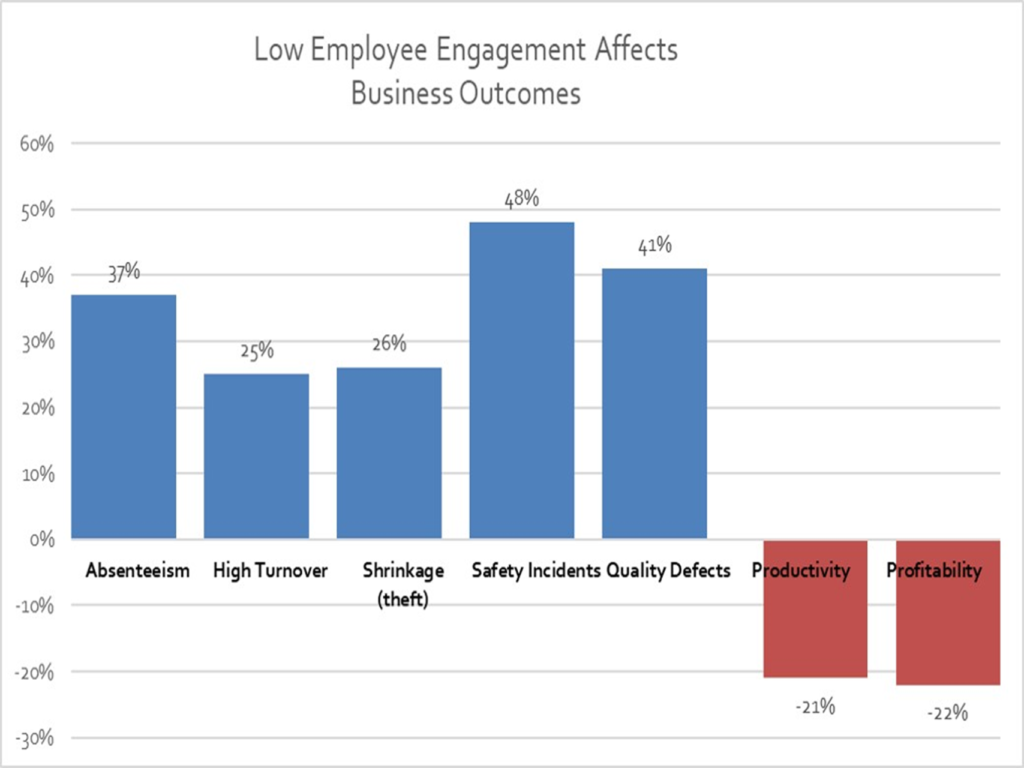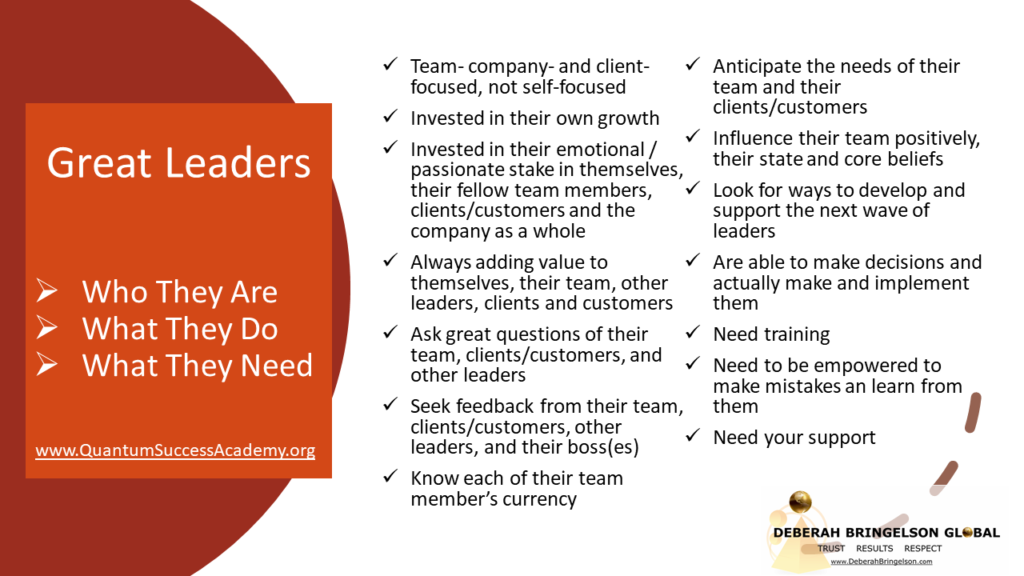“Companies are struggling to develop leaders at all levels and the data suggests that they are making little or no progress.”
-Deloitte
At the helm of the most successful companies are leaders with both vision and ability to lead their teams to overcome challenges, move past setbacks and ultimately create success. However, for most companies, leadership stops at or near the CEO.
Globally, C-level executives identify increasing demand for new and better leaders at all levels of their company as the number 2 threat to business stability and growth, rising 32 percent over previous years. However, only 6 percent of executives believe they have what it takes to solve the leadership gap and only 10 percent have faith in their succession programs. And when it comes to growing Millennial leaders, that confidence drops from 10% to a mere 7 percent.
“Leadership is the ultimate advantage.”
– Anthony Robbins
Unfortunately, most managers, supervisors, VPs, etc. are “rewarded” with their positions because of “scoring a big deal”, loyalty to the company or passage of time. Real leadership training has been inadequate or non-existent. While they may dress the part and hold the office, they are not prepared or qualified to actually lead; often causing more frustration and problems than they solve. As we discuss later, that is when the real trouble begins.
Poor Leaders Destroy Your Company
“Name only” leaders, unprepared for the task, experience tremendous overwhelm and stress. And one thing that definitely trickles down: stress! Paralysis, an inability to take action or “smart” action, and a need to ‘take’ credit from others, are all flashing warning signs of the unprepared and overwhelmed “name only” leader. Overwhelm plus low or no skill destroys your team, profitability and potentially your company.
What’s It Costing You?
A recent Harvard Business Review report found that bad bosses negate other investments, while good bosses have the opposite effect.
Good Bosses Lead Employees to Increase Revenue: And, as many studies have shown, there’s a strong correlation between employee engagement, customer satisfaction, and revenue.
– Harvard Business Review
This bears out in a recent Gallup study that found that 70 percent of U.S. employees are not engaged in their work and 70 percent of those cite bad managers as the reason; resulting in an annual hit to the U.S. economy of $398 billion. Companies in the bottom quartile for engagement report 25 percent higher turnover, 28 percent more thefts, 41 percent more safety incidents, and 22 percent lower profits.

Source: Gallup News, How Employee Engagement Drives Growth
Leaders: Nature vs. Nurture
Not everyone is cut out to be a leader. Keep those with skills or potential. Replace the rest. Here are key questions to ask about your current leadership team and of any future promotions or hires: Is this person really the right fit for the job that needs to be done? Are they or do they have the ability to be groomed into the next superstar manager or CEO? And do they understand the need and can/will they groom the next wave of leaders to take their place when the time is right?
Companies fail to choose the candidate
with the right talent for the job
82% of the time– Harvard Business Review
Next: What training, tools, and development does each person actually need to create a corporate culture of intentional, sustainable, and joyful growth? With the wave of millennials entering and soon to be dominating the workforce, starting now, this question and subsequent action plan will emerge as one of the biggest components of future sustainability and growth.
Here are just a few questions to ask. Does s/he:
- Truly understand and embrace the difference between being a team member and a leader?
- Think strategically? Does s/he think like an employee, taking direction and doing a good job? Or does s/he look for opportunities to think like a CEO, investing thought and time into the current and future health of the company, strategically solving problems and generating ideas, both personally and from the team?
- Innovate for the good of the client?
- Constantly looking for gaps in service?
- Ask what the client needs or will potentially need in the next 6 months, year, or more.
- Ask at each step of the sales and service process: How can the clients’ experience be made better, easier, more satisfying?
- Ask at each step of the service process: What service or product that we currently do not offer, will the client want or need next?
- Innovate for the good of the team? A strong tribal culture creates greater happiness and success for both team members individually and for the company as a whole. The more team members feel they are a vital part of the company, the more they are inspired to invest themselves in the success of both clients and the company. Win-win-win! A great question to ask each manager or leader: Do you know every team member’s (direct reports) currency? And… Do you spend it?! Do you?
- Seek honest feedback from clients, colleagues, supervisors, and team members. The best leaders aren’t afraid of feedback, they seek it out. They also know how to discern its value, knowing when to use it or discard it as appropriate.
Hire Right – Invest
Companies that create massive success are those that are built on a solid foundation of smart and strong leaders. It’s not the companies with the best products that succeed, it is those with a team of leaders who inspire, teach, innovate.

I’ve got your back. www.QuantumSuccessAcademy.org

